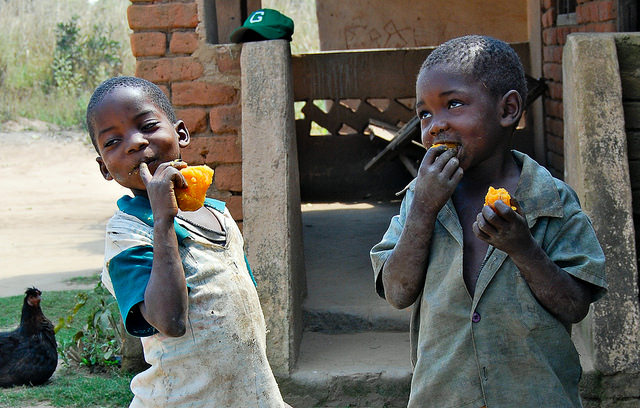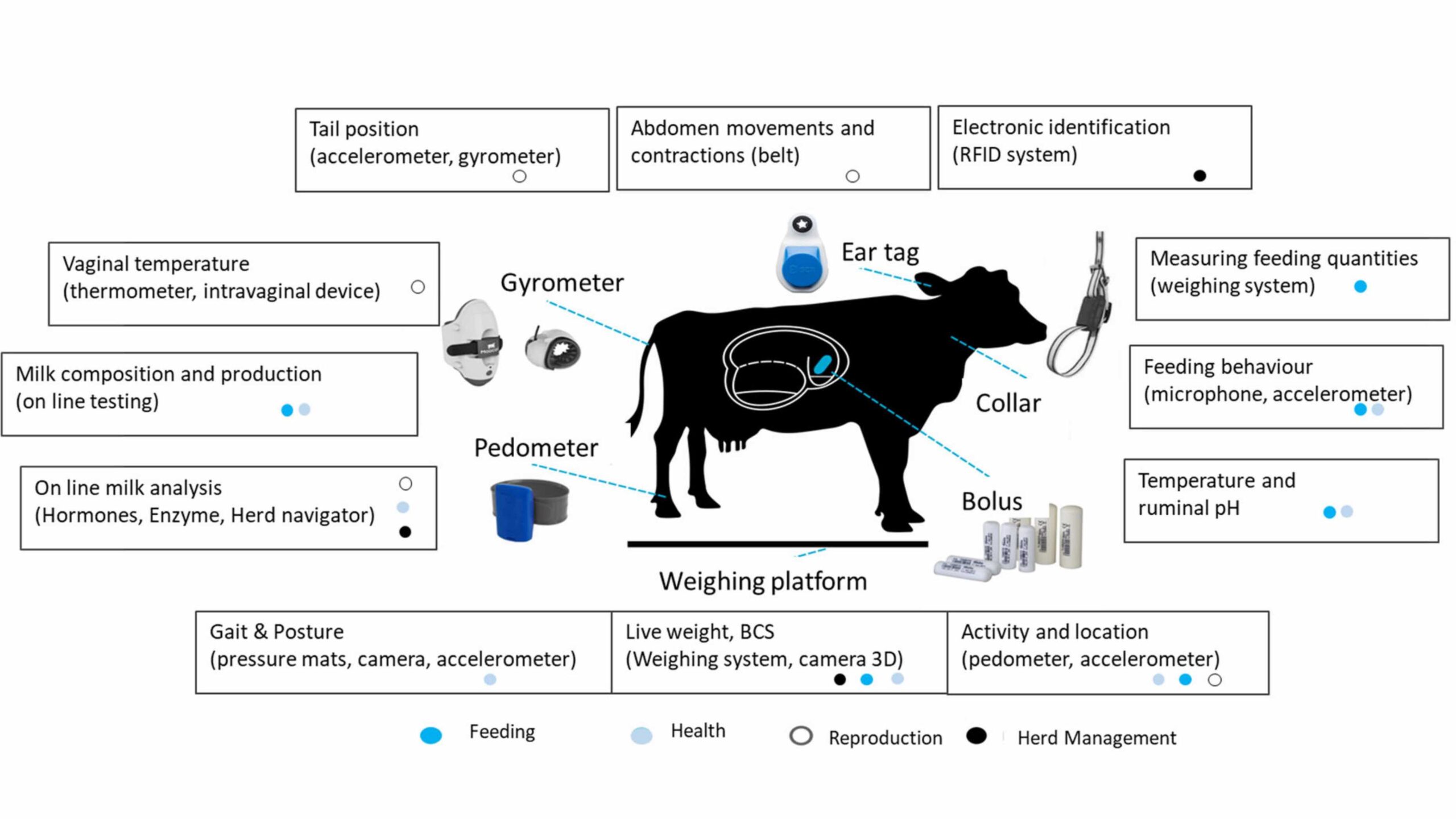The following post, written by Kelly Jones and Alan de Brauw from IFPRI’s Markets, Trade, and Institutions Division, is part of an ongoing series of researcher-authored blog stories highlighting research in progress at IFPRI.
Despite a great deal of discussion about linkages between agriculture, nutrition, and health, both inside and outside the CGIAR, until now there is almost no rigorous evidence that interventions to increase agricultural production can improve health among the poor. As an example, though the 2013 CGIAR Science Forum was entitled “Nutrition and Health Outcomes: Targets for Agricultural Research,” only one presentation showed evidence consistent with improved any health outcomes, and that evidence was associated with an intervention to improve pesticide use practices rather than measuring whether increased productivity and consumption of nutritious crops can lead to improved health among the poor.
One particular health outcome of interest is diarrheal disease. It is one of the leading causes of death in children−an estimated 22 percent of all deaths among children under five years in sub-Saharan Africa were caused by diarrheal diseases in the year 2000− and vitamin A supplementation has been shown to reduce diarrhea incidence in children. Impacts of vitamin A deficiency are believed to be the strongest among children who are undernourished or suffering from severe infection.
To begin to fill this gap in the literature, in a forthcoming paper in World Development we study whether the HarvestPlus Reaching End Users (REU) intervention reduced diarrhea prevalence and severity in children under five. The HarvestPlus REU Orange Sweet Potato Project disseminated orange sweet potato (OSP) bred to provide more vitamin A, in Uganda and Mozambique from 2007 to 2009. The REU reached 14,000 households in Mozambique. The impact evaluation of the project assessed OSP adoption rates and whether adoption resulted in improved vitamin A intakes among young children and their mothers. At the time the intervention began, 69 percent of children under age five in Mozambique were vitamin A deficient.
The REU was successful in promoting OSP adoption, increasing dietary intake of vitamin A, and decreasing VAD prevalence among both women of child bearing age and children. The intake of OSP among young children aged 6-35 months, older children (aged 3-5 years at endline), and their mothers increased by two thirds or more when OSP was available. As a result total vitamin A intakes among young children, older children, and women increased significantly. Notably for children aged 6–35 months, OSP contributed 78 percent of their total vitamin A intake in Mozambique.
We go one step further to test whether the REU also had downstream impacts on disease (morbidity) in children, specifically diarrhea prevalence and duration. Using instrumental variables techniques, we find that the REU intervention reduced diarrhea prevalence and duration for children in treatment villages. At endline, there was a 42 percent reduction in the likelihood that all children under five who had eaten OSP within the past week experienced diarrhea in the past 15 days. For children under three years of age eating OSP, the likelihood of experiencing diarrhea, was cut by more than half (52 percent). For those children who had diarrhea, eating OSP also reduced its duration− by more than 10 percent in children under five and more than 25 percent in the children under three.
We found that the intervention had greater impact in reducing diarrhea in children with more educated mothers. It may be that mothers with higher education were better able to understand the potential health benefits of OSP, and also to change children’s diets. The fact that this intervention exhibited some success in a population with such low levels of education implies it could be even more effective in populations where a majority have completed low levels of primary education or better.
The results are really exciting− they demonstrate for the first time that at least in severely malnourished populations, agriculture-based programs aimed at increasing micronutrient intake through improved diets can have positive effects on child health. Ideally, future research can demonstrate other ways that interventions focused on growing biofortified crops or other nutritious crops can also have positive impacts on child or maternal health.







